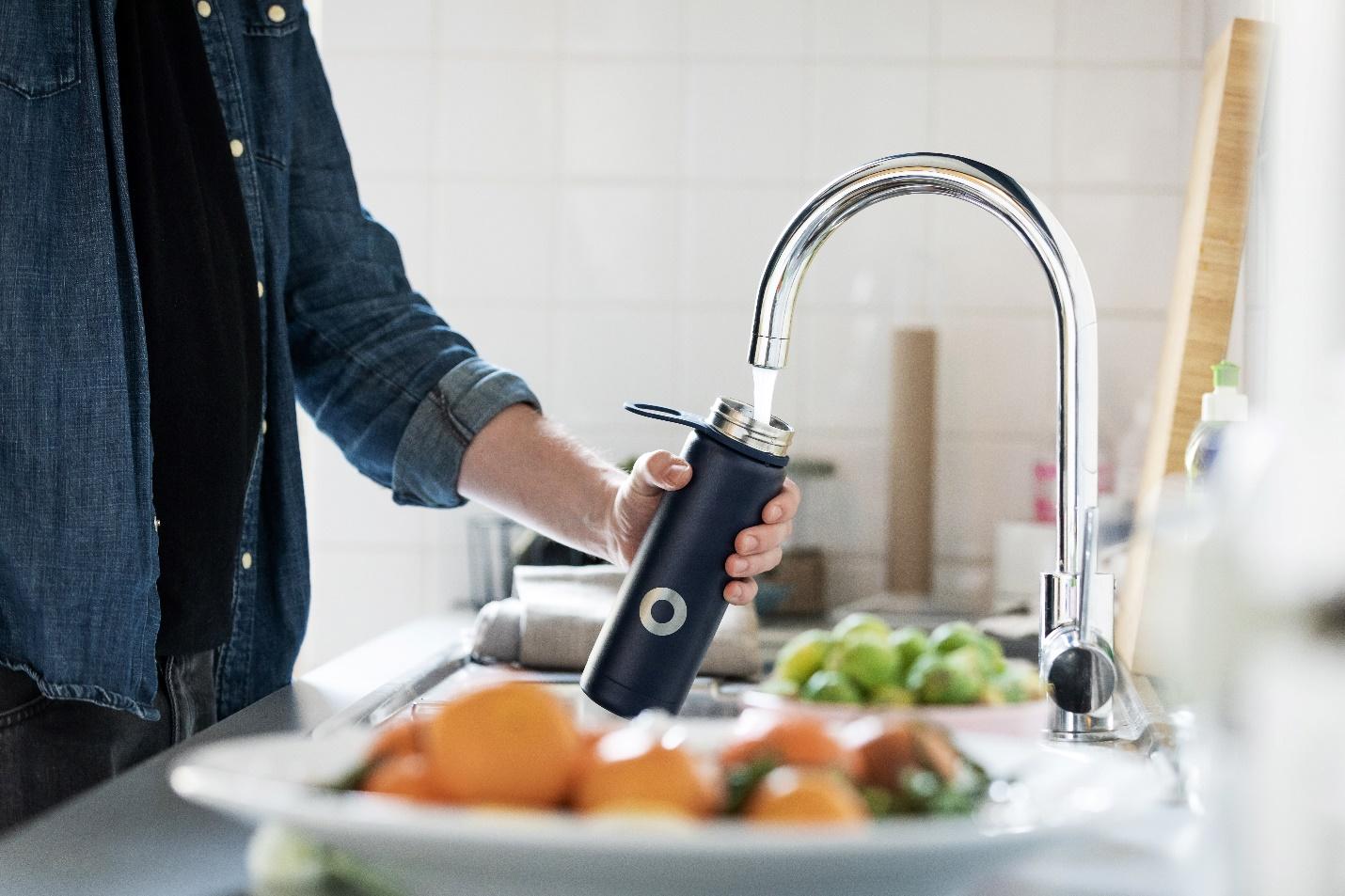When revamping a kitchen space, the faucets and sinks are the primary replacement contenders. Over the years, they’ve undergone countless reiterations to produce some of the best kitchen faucets and sinks with exciting features. The latest phenomenal engineering feat was the creation of touchless kitchen faucets, which have become extremely common in modern kitchens.
This article will highlight the top benefits of installing a touchless faucet in your kitchen. However, first, we need to understand what touchless kitchen faucets are, so let’s begin.
What Are Touchless Kitchen Faucets?
Touchless kitchen faucets are commonly found in smart home setups. They use motion sensor technology and infrared detection to control water flow. Therefore, you don’t need to push any lever or turn a knob to get the water flowing.
Consequently, touchless kitchen faucets automatically respond when there’s a hand in front of them. Presence is commonly detected using motion, infrared, and even ultrasonic field sensors in high-end models. All detection methods serve the same purpose: to minimize contact.
As your hand moves toward the base or lip of the spout, the sensor will emit rays that bounce back from your hands, allowing the water to flow. When you remove your hands from the detection area, the tap will automatically cut off the supply.
As a result, touchless kitchen faucets offer a wide range of advantages, which we will highlight in the following section. However, first, let’s discuss some concerns. We call them concerns and not disadvantages because technology provides easy fixes for all of them so that you can install your favorite touchless kitchen faucets without any worries.
Main Concerns
The primary concern is the cost of touchless kitchen faucets, which are more expensive than their traditional counterparts. However, they offer a good return on investment as you save more water and spend less on maintenance.
Another concern is power supply. The faucets require an uninterrupted electricity supply to function optimally. There are battery-powered models available, although it should be noted that constantly changing the batteries can be pretty bothersome.
Therefore, consider choosing multi-functional touchless kitchen faucets with manual and automatic capabilities. These models can be manually operated when there’s no power and can help you manage your electricity bill.
Multi-functional touchless kitchen faucets solve most concerns. Newer models have highly accurate sensors that do not accidentally turn on the water supply when you move dishes or kitchen utensils in front of them.
Now, on to the main event – the benefits of installing a touchless faucet.
Top Benefits of Installing a Touchless Faucet
Besides being an automatic hands-free tool that speeds up kitchen tasks, there are plenty of benefits of installing a touchless faucet in your kitchen. It’s a convenient solution for saving time and energy.
Additionally, touchless kitchen faucets are also more presentable and aesthetically pleasing to look at in modern kitchens. They combine functionality, convenience, and cutting-edge technology into one neat package, offering numerous benefits.
1. Improved Hygiene and Reduced Contact
If we’ve learned one thing in our fight against the coronavirus pandemic, keeping your hands clean and germ-free is essential. Over time, faucets can collect thousands of germs and microbes, which can transfer to others when people turn them on or off. These germs can include common bacteria from uncooked food, such as salmonella, staphylococcus, and E. coli.
Similarly, germs can move from your hands to other utensils, like pans and dishes; this can cause food contamination, potentially leading to infections and health complications. The increased use of faucets is a significant risk factor in spreading diseases. Touchless kitchen faucets provide an effective solution.
Touchless kitchen faucets are operated automatically, reducing contact with the faucet body that collects germs. The integrated sensors will automatically detect when to restrict or allow the flow of water, making task completion a breeze.
Additionally, the faucets will collect fewer germs in the long run because of minimal human contact. Improving kitchen hygiene also helps keep touchless kitchen faucets in pristine condition as you won’t need to manually operate them with your soapy and greasy hands.

2. Can Help Conserve Water
Water conservation is a widely debated topic in the U.S and other developed countries. Conservation efforts are often emphasized to highlight water shortage issues in less privileged developing countries.
According to the United States Environmental Protection Agency, you waste 10 gallons of water if you leave the tap running while washing dishes for five minutes. It also states that you can save $250 in water and electricity costs by using WaterSense labeled faucets.
Moreover, children can often use a manual faucet and forget to turn it off, or you might let the tap run when doing kitchen chores. This can drastically increase your water bills, and if you’re also using hot water taps, your energy bill will also be higher.
Touchless kitchen faucets are controlled by sensors and help conserve water. Unlike conventional faucets, these improved models will not be left running, whether accidentally or intentionally.
Consequently, they can help you reduce your water bill and waste less water when in the kitchen. Touchless kitchen faucets are also highly user-friendly.
3. Cleanliness and Convenience
Cleanliness and convenience are among the best benefits of installing a touchless faucet in your kitchen. It is extremely easy to use and doesn’t require specific training or knowledge. Kids and older adults can use them without the hassle of turning any levers. The minimal effort makes them more convenient than their traditional counterparts.
Additionally, they’re also easy to clean. Conventional faucets have handles that can collect grime, germs, soap, grease, smudges, and even fingerprints because of extended use. This can make cooking an extremely messy process. An oily or greasy faucet is also not appealing to look at in the kitchen. Installing touchless kitchen faucets solve this problem as you won’t need to operate the tap with your greasy hands!
Moreover, touchless kitchen faucets can also help you conveniently control water temperature. You can waste a lot of water trying to find the right temperature. Faucets can also overheat, making you run cold water to cool them down. Modern touchless kitchen faucets come equipped with digital settings that allow you to preset water temperature!
Conclusion
There are numerous benefits of installing a touchless faucet in your kitchen. In addition to providing a more modern and aesthetically pleasing look for your kitchen, they can help reduce water wastage, increase convenience, and improve kitchen hygiene. Although they are slightly more expensive than traditional faucets, they help you save more money in the long run and are extremely easy to use and maintain.
We hope our article helped you understand the benefits of installing a touchless faucet in your kitchen!







